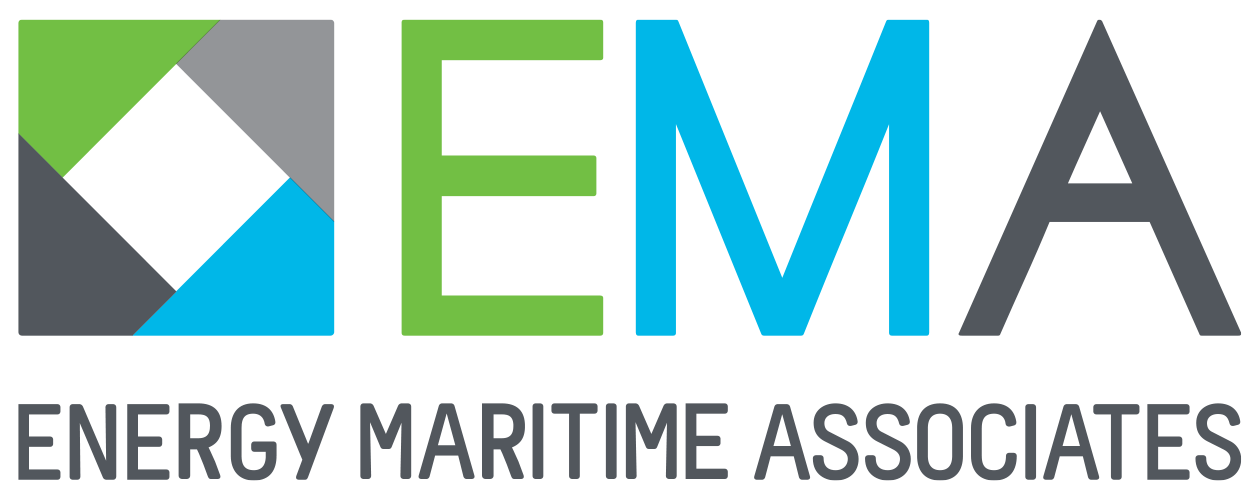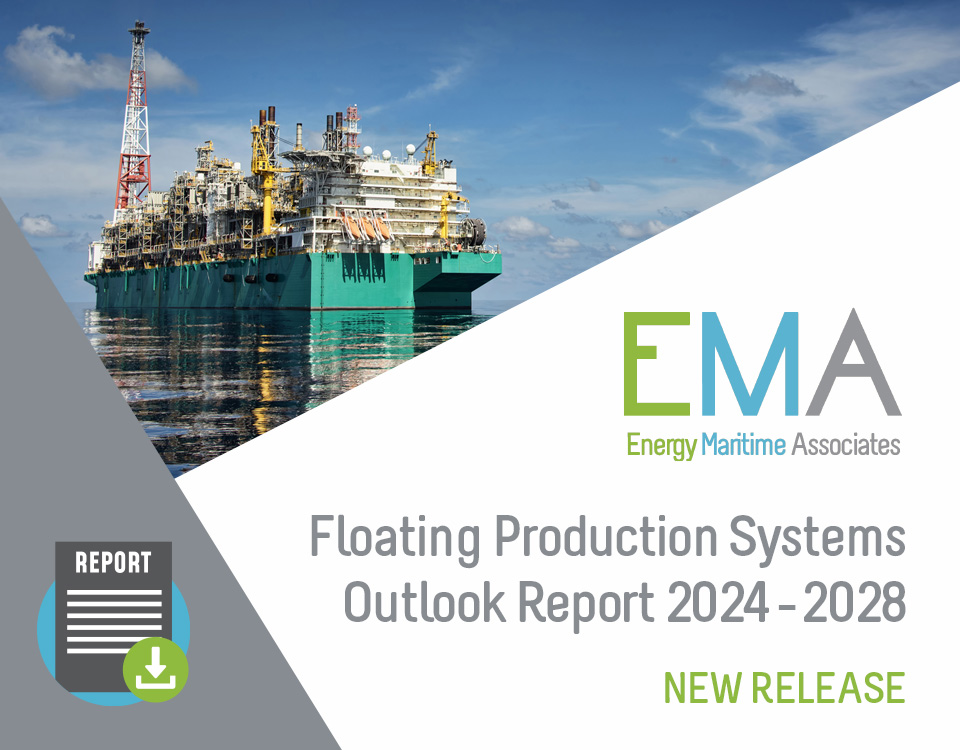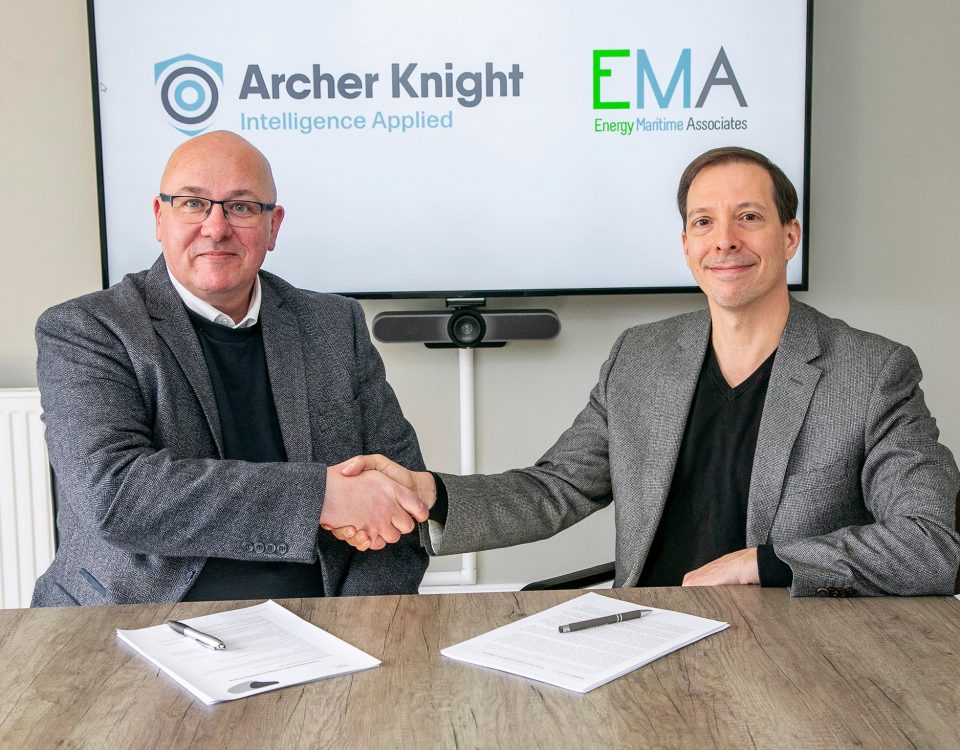Semisubmersible Platforms and their History in Deepwater Drilling
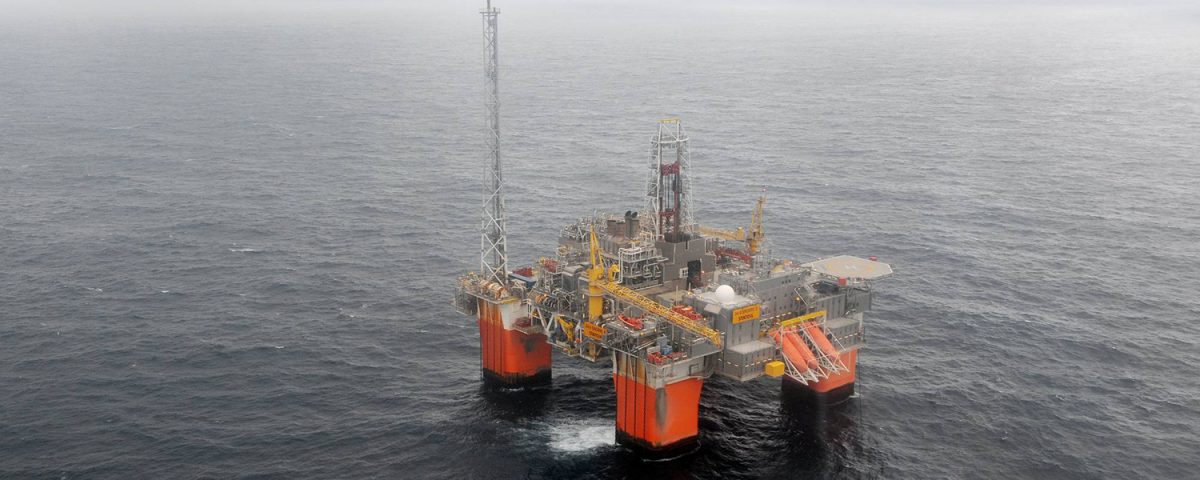
In February, Offshore magazine published an article covering Semisubmersible Platforms and their History in Deepwater Drilling. The article, excerpted from the paper “The Semisubmersible Floating Production System: A 25-year Technical and Historic Retrospective,” focuses on three high-profile Gulf of Mexico projects: Ni Kika, Atlantis and Delta House. The article provides great insight into production semis and challenges that were overcome in turning them into successful production facilities including extreme water depth, subsea tie back complexity, flow assurance and aggressive scheduling.
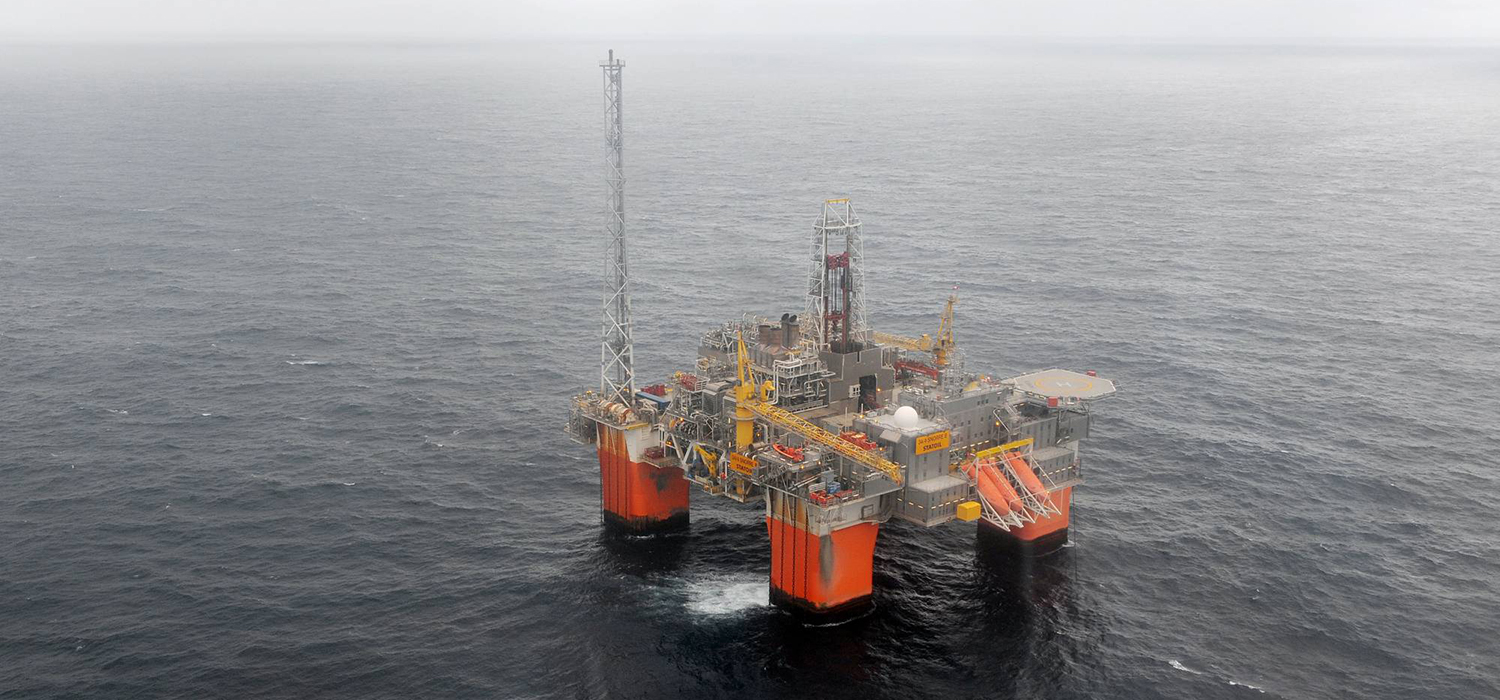
Since 1975, Production Semis have been a highly favored field development solution. The units are well suited for use on complex deepwater fields involving a large number of wells over a dispersed area in nearly unlimited water depth. To date, the deepest unit in operation is Independence in 8,000 ft (2,438 m) of water in the Gulf of Mexico. In addition, the units feature wide deck space for flexibility, have little surface motion, can support large numbers of risers and may be relocated and/or repurposed for future developments.
A total of ten Production Semis have been ordered over the past ten years, seven of which were ordered during the last five years. With 22 projects currently in the planning cycle that potentially require a Production Semi, EMA anticipates another three to nine production semi orders during the next five years.
View original article
In the article, the authors note that reducing overall development costs and delivery time is a priority for operators. They anticipate that future floating production semisubmersibles will be smaller, simpler and more standardized, with the goal of accelerating cycle times to first production while increasing predictability of costs and scheduling.
While the majority of Production Semi orders have been complex, purpose-built units have been ordered more recently for a few less complex, simpler units. Given the focus on cost effectiveness and maintaining plateau production, EMA also expects more demand for small production semis and during the next five years anticipate one to two units with over 100,000 boe/d capacity and one to four units with smaller capacities.
With recent drop in oil prices bringing a wave of uncertainty to the global market, converted and redeployed units could also become an attractive option for operators wanting to take a more economical path toward development. Six production semis are available currently with another 13 nearing contract end. We expect this alternative development option to increase, specifically for fields with smaller production requirements in less harsh environments.
EMA provides accurate and dependable quarterly reports for the Floating Production Sector.
Clients tell us that our reports are the best source for information about upcoming developments.
In February, Offshore magazine published an article covering Semisubmersible Platforms and their History in Deepwater Drilling. The article, excerpted from the paper “The Semisubmersible Floating Production System: A 25-year Technical and Historic Retrospective,” focuses on three high-profile Gulf of Mexico projects: Ni Kika, Atlantis and Delta House. The article provides great insight into production semis and challenges that were overcome in turning them into successful production facilities including extreme water depth, subsea tie back complexity, flow assurance and aggressive scheduling.
